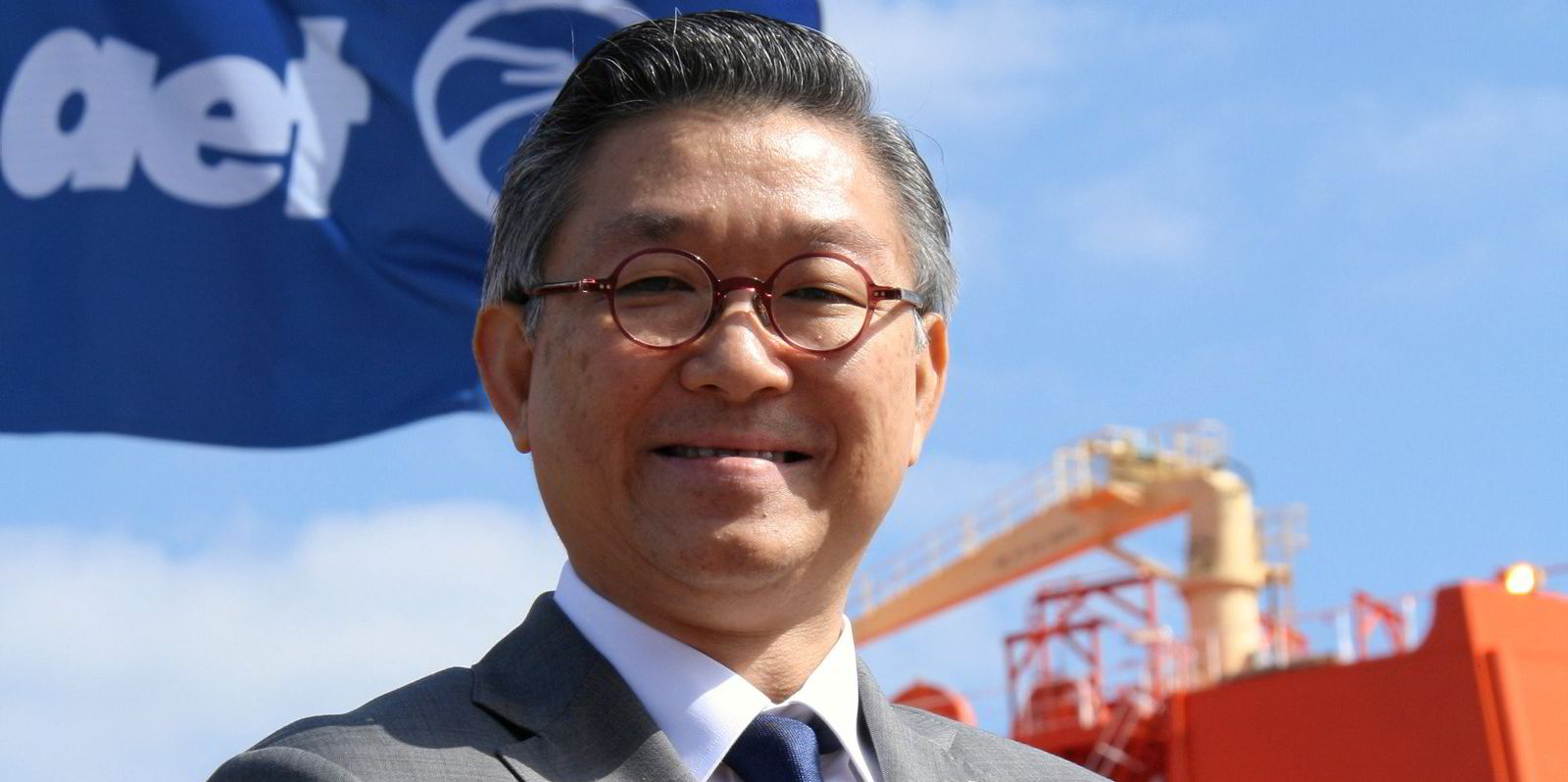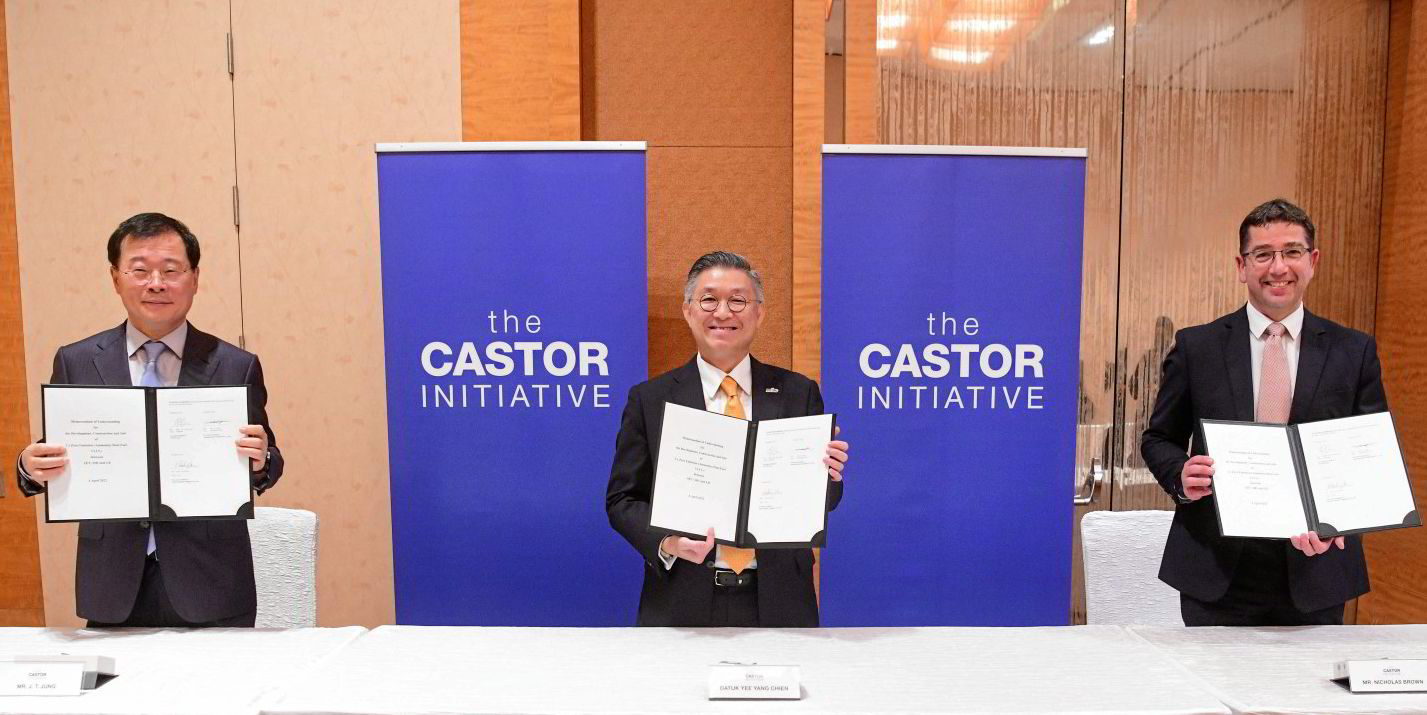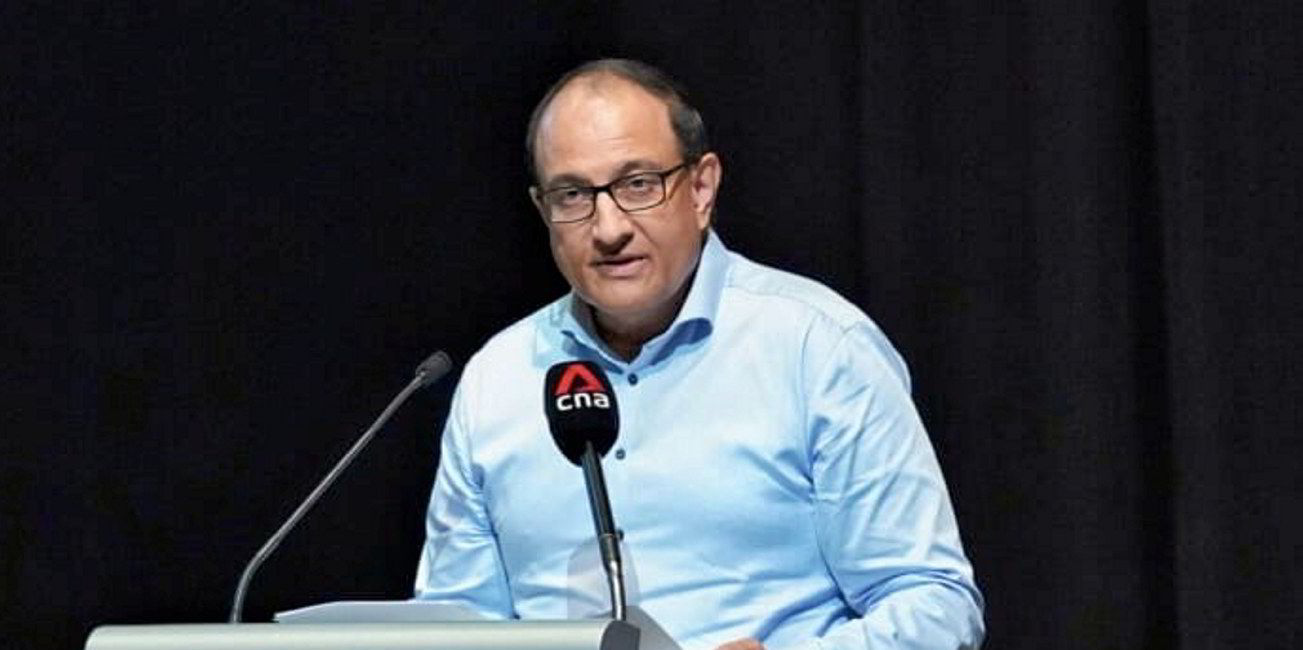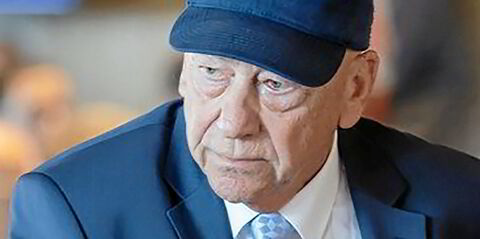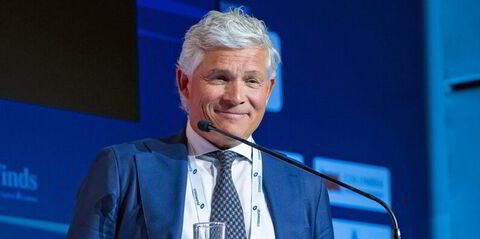When it comes to the pace of maritime decarbonisation, MISC chief executive Yee Yang Chien says he feels a bit like Tom Cruise in the Hollywood blockbuster Top Gun.
“I feel the need, the need for speed,” he told delegates at a conference on decarbonisation at Singapore Maritime Week on Wednesday.
Yee said the answer was more than just technology. He believes that it is about leadership. He said the whole journey to decarbonisation is also about money.
“What we need is courageous leadership. We need to get our stakeholders, our board of directors, our shareholders to get behind us on the issue of cost and do what is right,” he said.
Yee called for more “leadership hubs” which he said would “create a ripple” and would expand as you added in more players and eventually all these leadership ripples will overlap.
He highlighted the recent ammonia bunkering tie-up between Singapore and Itochu of Japan which he described as a good intersection of two leadership hubs.
“When you intersect, that’s when common practices will be introduced, plenty of common practices mean rapid homogeneity and standard regulations,” he said.
“And that is key to bringing costs down. That is economics one-o-one.”

Professor Lynn Loo, chief executive of Singapore’s Global Centre for Maritime Decarbonisation (GCMD) said the shipping industry also needed to increasingly think about financing.
She said the next step in the journey to decarbonisation would be a “first of a kind project, a commercial project” that is going to require financing.
“While we [the GCMD] have a war chest, it is tiny in comparison to what one would need for such a project,” Professor Loo said.
“Frequently what we see is that the risk appetite from financiers does not necessarily match the risk profile of such a first of a kind project.”
Professor Loo said there needs to be an alignment in terms of risk appetite and risk profile.
“These could come in the form of loan guarantees from governments, or they could come in the form of grants,” she said.
“There are lots of pilot projects going on so increasingly within the next 12 months, there will be chances and opportunities to think about these first of a kind commercial pilots and then it’s about unlocking the finance to be able to support them.”
